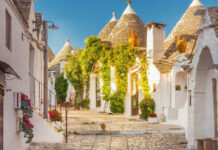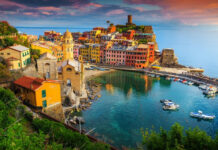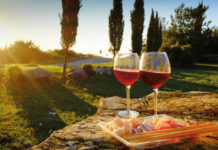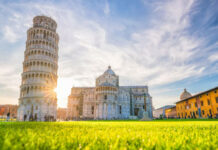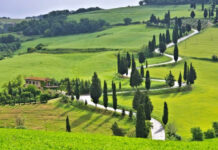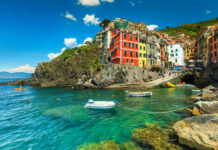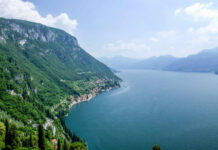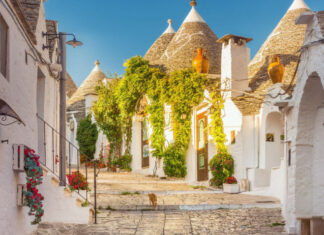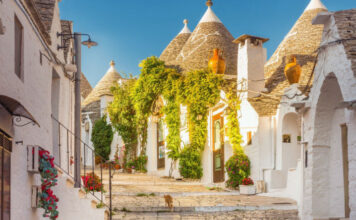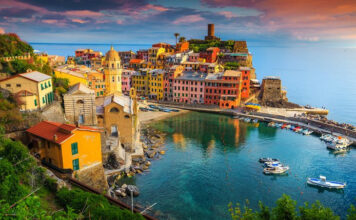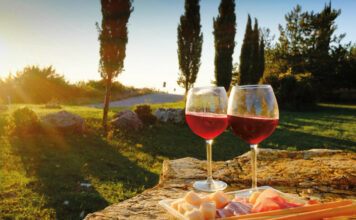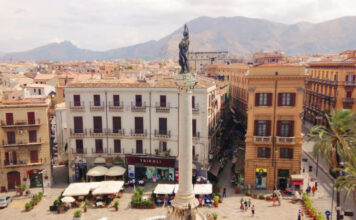When one thinks of Italy, images of crumbling Roman ruins, sun-soaked coastlines, Renaissance art, and fast-paced Vespas often spring to mind. But for food lovers, Italy represents something even more profound: a land where culinary artistry and regional tradition blend into unforgettable meals. And nowhere is this fusion more refined than in Italy’s Michelin-starred restaurants.
With over 370 Michelin-starred establishments scattered across the peninsula, Italy holds its position as one of the premier gastronomic destinations in the world. But Michelin-starred dining in Italy isn’t merely about luxury. It’s about heritage, innovation, and a passion for ingredients passed down through generations. Whether nestled in the Alps or overlooking the Tyrrhenian Sea, each restaurant offers a unique slice of Italian culture through its cuisine.
Let’s dive deep into this exquisite world where flavors dance, textures surprise, and every bite tells a story.
The Michelin Guide: What Makes a Star?
Before we explore Italy’s most lauded tables, it’s worth understanding what a Michelin star really means. The Michelin Guide, launched by the French tire company in 1900, was originally created to encourage motorists to travel (and thus wear out their tires). Over time, it evolved into the world’s most respected restaurant rating system.
Michelin stars are awarded based on five criteria:
-
Quality of the products
-
Mastery of flavor and cooking techniques
-
The personality of the chef in their cuisine
-
Value for money
-
Consistency between visits
Restaurants can receive one, two, or the coveted three stars:
-
One star means “a very good restaurant in its category.”
-
Two stars signify “excellent cooking, worth a detour.”
-
Three stars represent “exceptional cuisine, worth a special journey.”
Italy currently boasts 12 restaurants with three Michelin stars, 40 with two, and more than 320 with one.
A Journey Through Italy’s Michelin Landscape
Piedmont: The Truffle-Laced North
Italy’s gastronomic excellence begins in the northwest region of Piedmont, where misty hills cradle vineyards and forests rich in white truffles. It’s also home to one of Italy’s culinary jewels: Piazza Duomo in Alba.

Helmed by Chef Enrico Crippa, Piazza Duomo is a three-star institution renowned for its delicate balance of art and agriculture. Crippa grows over 100 varieties of herbs and vegetables in his own biodynamic garden, incorporating them into dishes like langoustine with almond milk and celery sorbet, or his signature 51-ingredient salad.
The influence of French cuisine is undeniable in Piedmont, but what sets the region apart is its slow, thoughtful embrace of land and seasonality—a trait shared by many Michelin-starred establishments here, including Ristorante Villa Crespi on Lake Orta, where Chef Antonino Cannavacciuolo marries northern technique with southern soul.

Lombardy: Milan’s Modern Elegance
Lombardy, and Milan in particular, is a region where tradition meets cosmopolitan sophistication. Milan’s dynamic dining scene includes multiple starred restaurants like Il Luogo di Aimo e Nadia, a two-star venue where Tuscan flavors are elevated with contemporary technique, and Enrico Bartolini al Mudec, the only three-star restaurant in Milan.
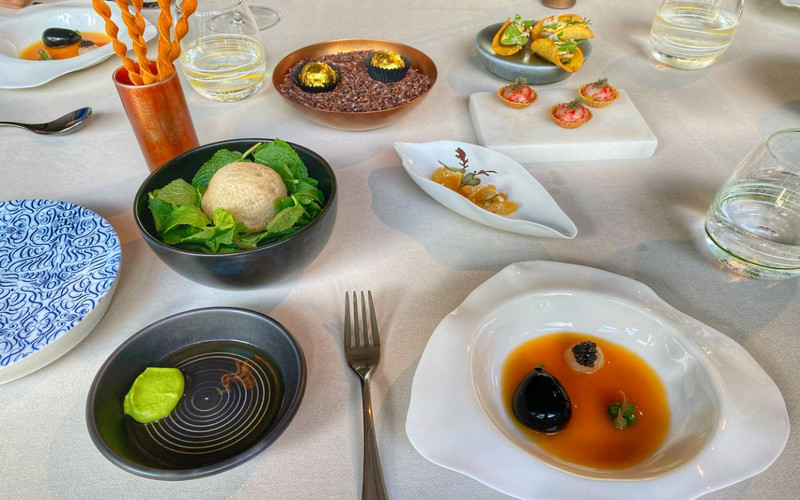
Chef Bartolini, known as Italy’s most decorated Michelin chef, is a master of turning traditional Italian dishes into modern masterpieces. Think risotto with beetroot and gorgonzola, or tortelli with artichoke and black truffle. His philosophy? “Innovation through tradition.”
Emilia-Romagna: Home of Comfort and Craft
Often hailed as the “food valley” of Italy, Emilia-Romagna is the birthplace of balsamic vinegar, Parmigiano Reggiano, and prosciutto di Parma. Yet, the region also offers refined dining experiences like Osteria Francescana in Modena.
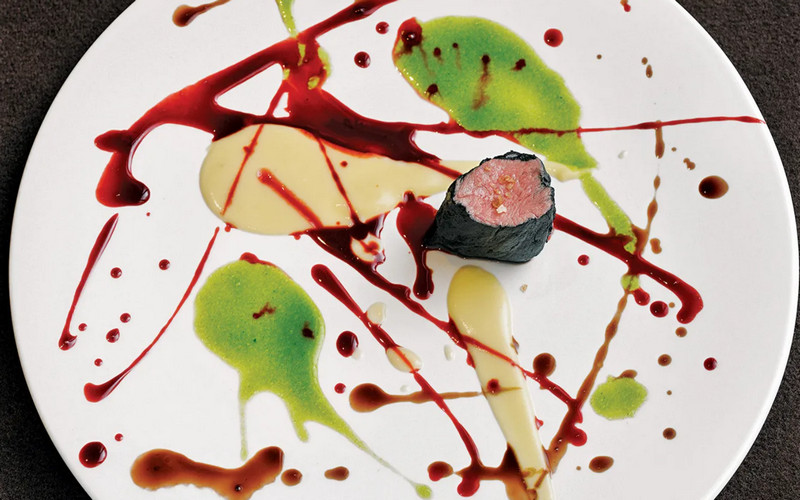
Chef Massimo Bottura’s three-star restaurant is a love letter to Italy’s culinary past and future. With dishes like “Oops! I Dropped the Lemon Tart” and “Five Ages of Parmigiano Reggiano,” Bottura crafts stories on every plate. His fearless creativity redefines Italian cuisine without ever losing its soul.
Dining here is more than a meal—it’s a poetic and intellectual journey. Osteria Francescana has twice been named the world’s best restaurant, and securing a reservation is akin to winning a golden ticket.
Tuscany: Rustic Romance Refined
Tuscany is known for its rolling hills, Chianti wines, and rustic farmhouses. But amid its pastoral charm lies a high concentration of Michelin stars. Florence, for example, is home to Enoteca Pinchiorri, a three-star restaurant famous for its wine cellar (over 100,000 bottles) and opulent French-Italian fusion.
Then there’s Arnolfo, a two-star restaurant in Colle di Val d’Elsa, where Chef Gaetano Trovato crafts dishes that reflect both innovation and the simple beauty of Tuscan ingredients—such as pigeon with beetroot or saffron risotto with scallops.
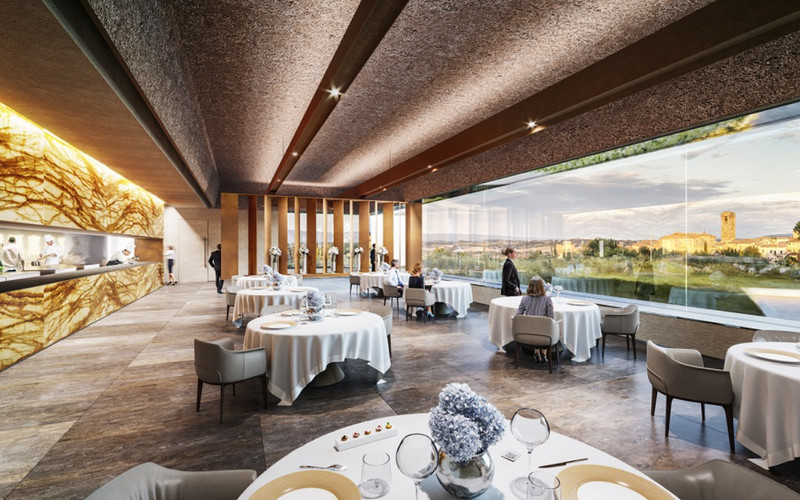
Michelin dining in Tuscany emphasizes quality without pretense—where vegetables pulled from the garden in the morning are plated with elegance by evening.
Rome and Lazio: The Eternal Plate
Rome’s culinary soul lies in its humble trattorias, but the capital also boasts several Michelin stars. La Pergola, located inside the Waldorf Astoria, is the city’s only three-star restaurant. Chef Heinz Beck brings German precision to Roman flavors, creating dishes like fagottelli carbonara—his signature reinterpretation of the Roman classic.
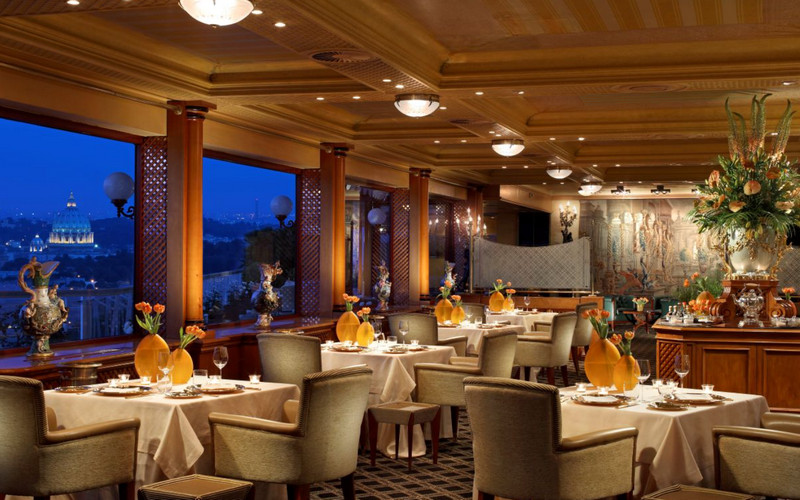
Another notable spot is Il Pagliaccio, a two-star gem tucked in a cobbled alley. Chef Anthony Genovese draws inspiration from his French and Asian roots, producing dishes like eel with black garlic and yuzu, or foie gras with cherries and capers.
In Rome, Michelin dining often embraces a theatrical flair—where ancient heritage and modern creativity co-exist in harmony.
Campania: Naples and the Amalfi Coast
Southern Italy brings bold flavors and dramatic landscapes to the Michelin scene. Campania, with its sun-drenched coastlines and volcanic soils, is the land of lemons, tomatoes, and the world’s best mozzarella.
At Don Alfonso 1890 in Sant’Agata sui Due Golfi, the Iaccarino family has built a legacy on local ingredients grown in their own organic garden. The two-star restaurant offers dishes like squid ink risotto with sea urchin and Amalfi lemon, or roasted rabbit with wild herbs.
Another standout is Taverna Estia, located just outside Naples, where Chef Francesco Sposito reinvents Neapolitan classics with finesse and flair.
And of course, there’s the Amalfi Coast’s gem: La Torre del Saracino in Vico Equense, perched dramatically above the sea. Here, Chef Gennaro Esposito pays tribute to the Mediterranean—every dish sings with brightness, freshness, and elegance.
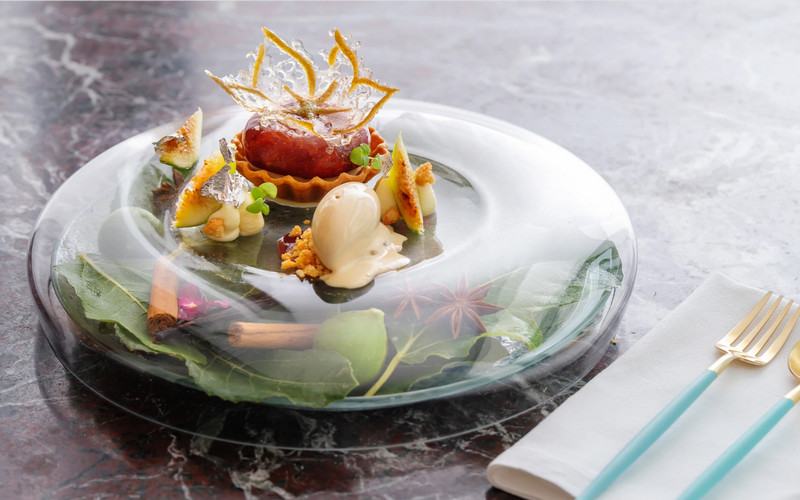
Sicily and Sardinia: Island Inspirations
On the islands of Sicily and Sardinia, Michelin stars shine with sun-kissed brilliance. Sicilian cuisine, with its Arab, Greek, and Spanish influences, is bold and baroque.
Duomo in Ragusa Ibla is one of Sicily’s two-star destinations, where Chef Ciccio Sultano brings centuries of cultural history onto the plate. Sardines, saffron, citrus, capers—it’s a symphony of contrasts and complexity.

In Sardinia, the one-star S’Apposentu brings hyper-local tradition into the fine dining realm. Chef Roberto Petza works closely with local shepherds and farmers, preserving ancient recipes with new interpretations.
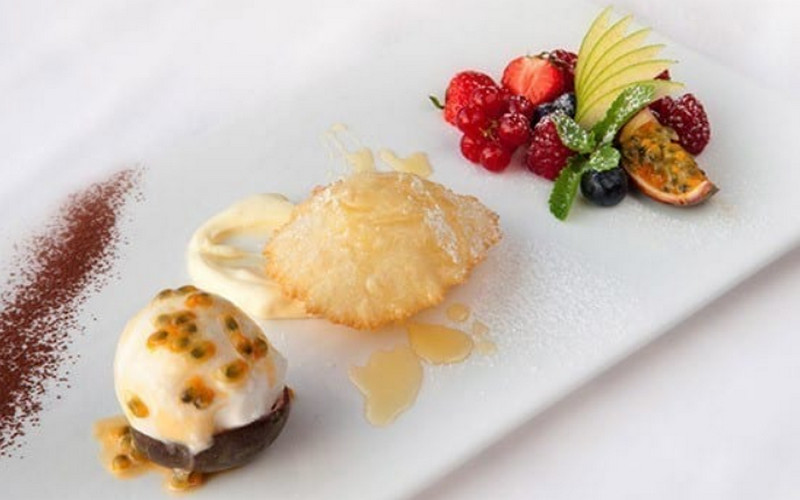
What Makes Michelin-Starred Dining in Italy So Special?
It’s not just about technique or presentation. It’s about storytelling. Italian Michelin chefs are guardians of memory and culture. They do not merely chase innovation—they respect origin. A star in Italy means a dish has been thought through emotionally, historically, and sensorially.
You’re not just eating risotto—you’re tasting the fog of the Po Valley. That handmade tortellini carries the laughter of a thousand nonnas. That bite of red prawn from Mazara del Vallo holds the salt of the Sicilian sea.
Worth Every Journey
Whether you’re savoring a 12-course tasting menu beneath frescoed ceilings in Florence or discovering a hidden gem on the slopes of Mount Etna, Michelin-starred dining in Italy is not a fleeting luxury—it’s a transformative experience. It’s where technique bows to terroir, and flavor becomes a form of art.
If you’re planning a trip to Italy, consider venturing beyond the guidebooks and following the stars—quite literally. In doing so, you’ll discover that Italian cuisine, in the hands of its most passionate interpreters, becomes something ethereal. Something unforgettable.
And in the end, isn’t that what great travel—and great food—is all about?
